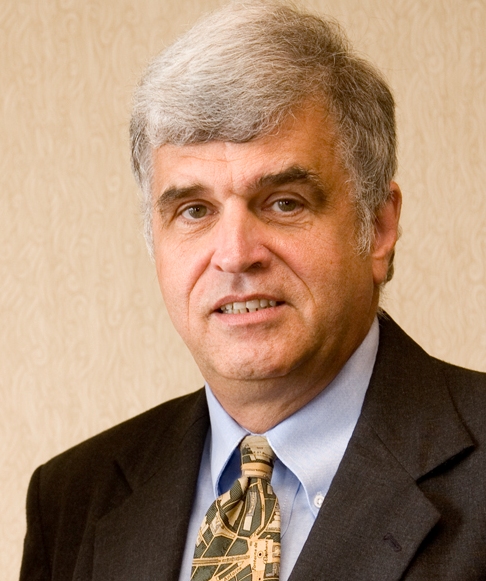Metro’s Broken Promises Likely to Continue After Proposition M
Voters in Saint Louis County are being asked to approve yet another sales tax to fund transit on the November ballot. However, Metro’s string of broken promises and its profligate spending suggest that the revenue from this tax increase would not be wisely spent.
The broken promises go back to even before construction of the first MetroLink line. In 1988, officials told the public that no tax increase would be necessary to operate light rail, but by 1994, the Bi-State Development Agency (Metro’s former name) threatened to close it down unless a new tax was provided.
Voters in both Saint Louis County and city were told in 1994 that five rail lines would be built with a new tax, which they approved under threat of light rail closure. The result: one new line, rather than five, and building it required borrowing more money — which was not a part of the original plan. Metro had promised an absurdly high federal funding share, which never materialized, leaving local taxpayers to fund the entire project. It didn’t help that the new cross-county line cost far more than planned — a pervasive hazard for such projects, as the international evidence indicates.
These kinds of broken promises are an all-too-familiar refrain in public transit. In 1977, I was appointed to the Los Angeles County Transportation Commission (LACTC) by Mayor Tom Bradley, and was subsequently appointed to two more terms. In 1980, we asked the voters to approve a one-half-cent sales tax to build 11 rail lines. Then the trouble began. Costs for the first light-rail line escalated rapidly, while transit operations took more money than planned. So, in 1990, LACTC went back to the voters for another one-half-cent sales tax, to construct what had been promised in 1980.
Even after the 1990 tax increase, though, Los Angeles officials have had to drastically scale back rail construction plans. Nearly 30 years later, the two taxes and additional funding have produced only four of the 11 promised rail lines. Voters there will consider a November ballot asking for a third tax increase that would presumably get the area a bit closer to the 11 lines that officials promised in exchange for the original 1980 tax. Meanwhile, Los Angeles ridership figures remain approximately the same as they were in 1985, before any of the rail lines opened — despite increasing population and high gas prices.
Saint Louis faces a similar trend. Metro’s present promises are as unlikely to be fulfilled as those it has made before. Agency officials claim they face a huge budget deficit, and yet, somehow, plan to use this new tax to provide new bus services and more light-rail lines. History suggests that this will not likely add up.
One of the reasons that the agency’s 1994 MetroLink promises could not be kept is that Metro could not keep its costs under control. By 2006, the agency was spending at least $40 million more on bus service annually than would have been the case if it had pegged cost increases to the rate of inflation. Giving a blank check to Metro, as the new tax would do, is an invitation for more out-of-control spending and more broken promises.
Finally, even with light rail, transit is barely “treading water” in Saint Louis. Cars carry virtually the same percentage of metropolitan area travel as before MetroLink was built. Why has there been so little impact? It is simply a matter of access. Transit systems are good at providing access to high-density employment areas, but not elsewhere. There are only a few such areas in Saint Louis — such as downtown and Clayton.
This is no different than in the rest of the United States, or even Western Europe. In Paris, for example, the western world’s best transit system provides good access to the high-density core. However, the 80 percent of people who live in the suburbs — or the 70 percent of people who work in the suburbs — use transit only for travel to the core. For the overwhelming majority of trips in the Paris metropolitan area, cars are the only solution, because transit service is either unavailable or takes too long. In Saint Louis, the implied promise that spending more money on transit will provide an alternative to car usage is simply delusionary. It would be more appropriate to think of Proposition M as a subsidy to central business districts.
Finally, however, I must admit that it would be a mistake to suggest that Metro breaks all of its promises. If the new tax is passed, it will keep its promise requiring you to pay. And, as promised, Metro will spend all the money. But the other promises will be broken, just as they have been in the past.
Wendell Cox is principal of Demographia, a Belleville-based demographics and public policy firm. He serves as a visiting professor at the Conservatoire National des Arts et Metiers in Paris, served on the Los Angeles County Transportation Commission, and was a congressional appointee to the Amtrak Reform Council.


